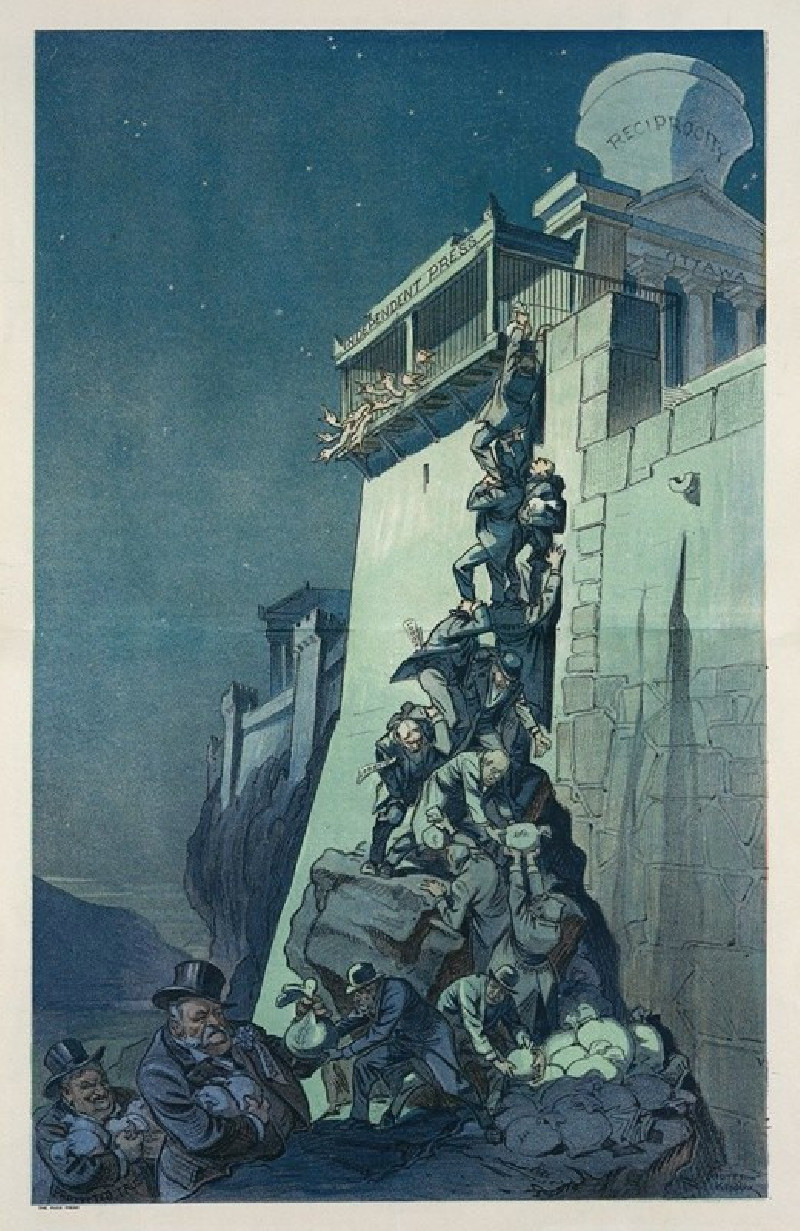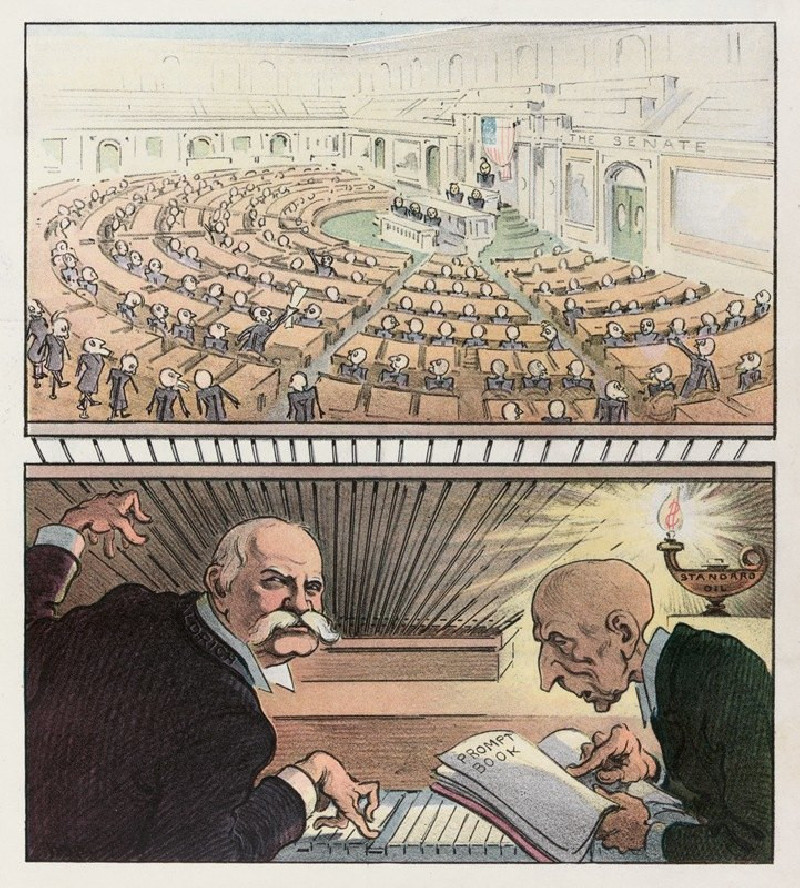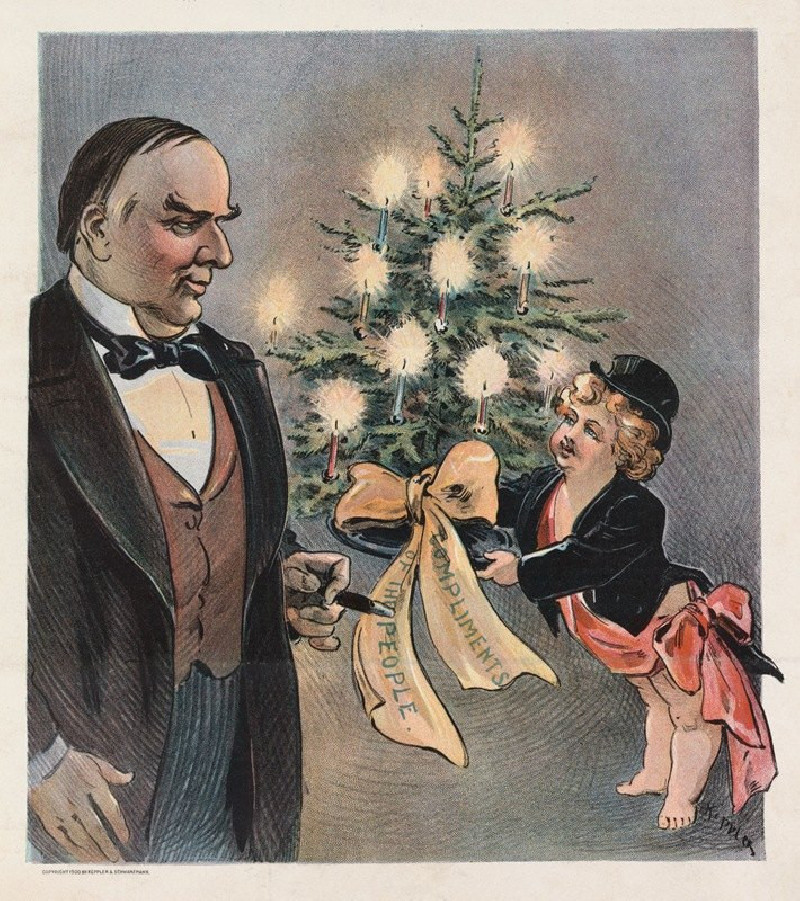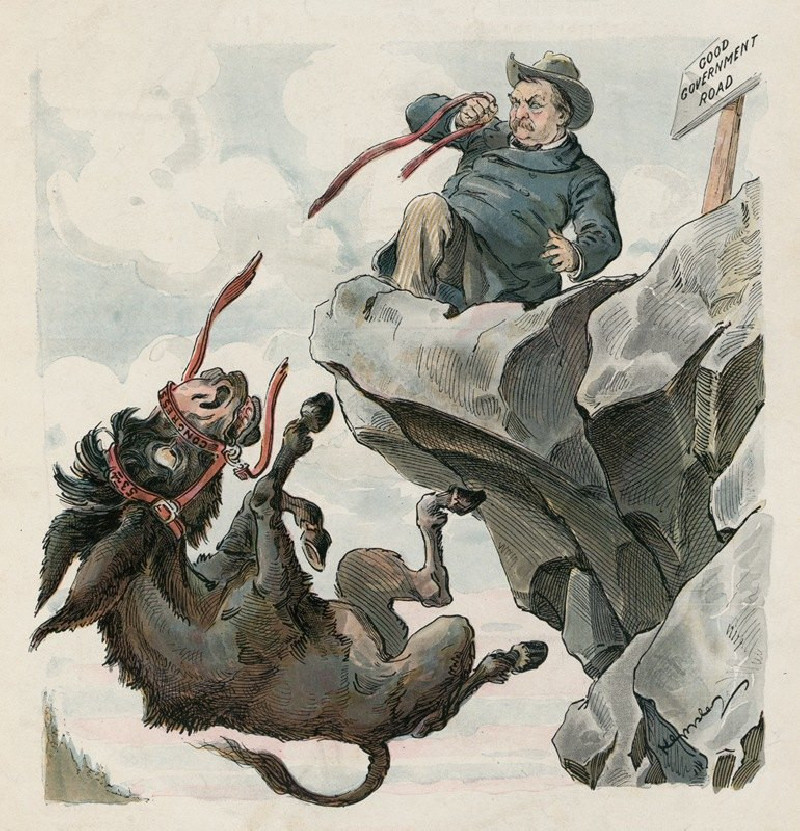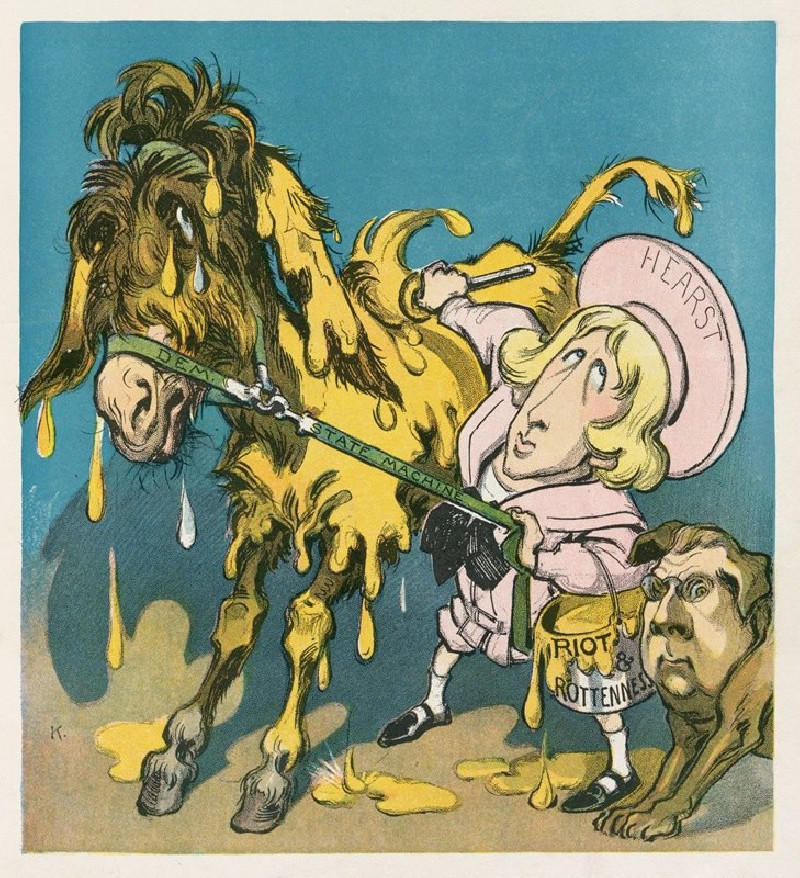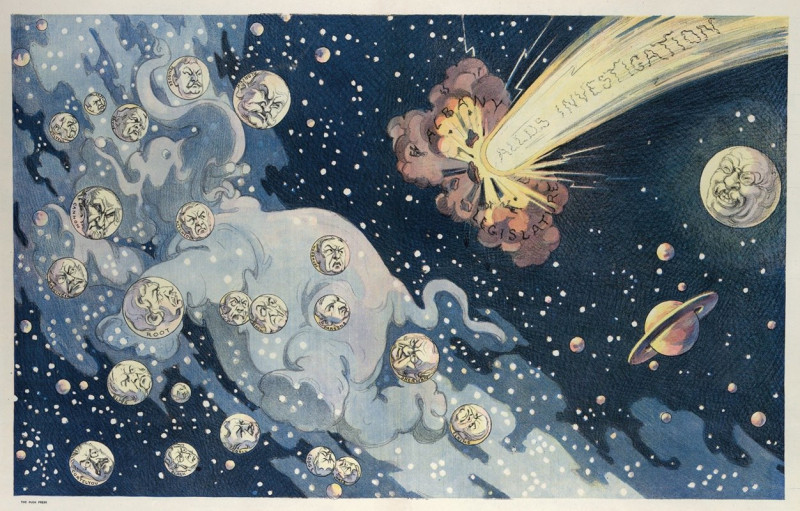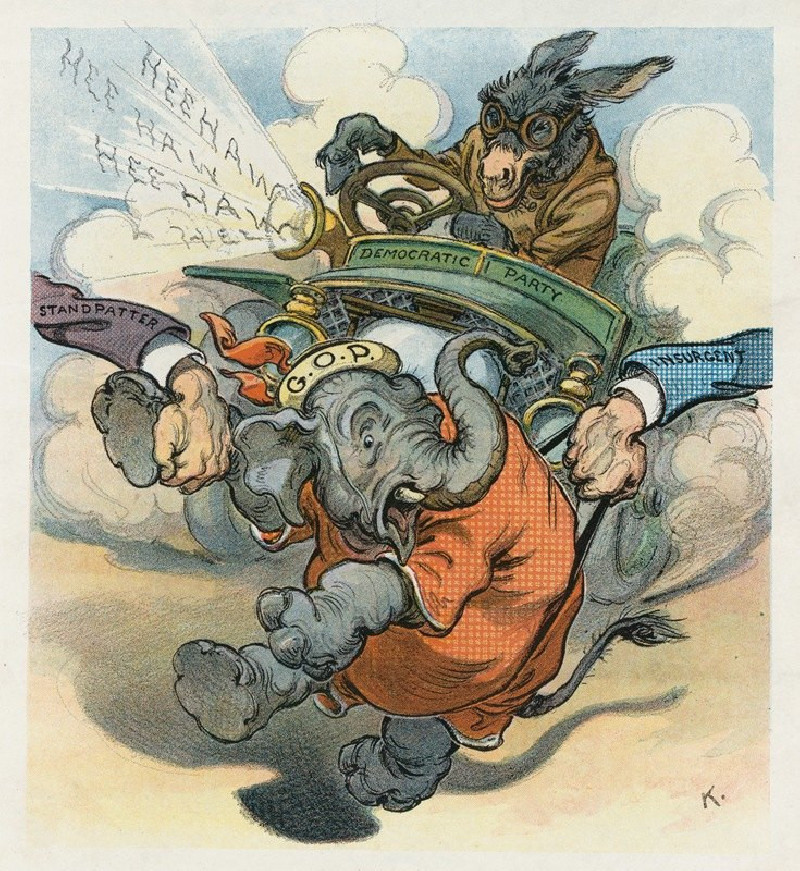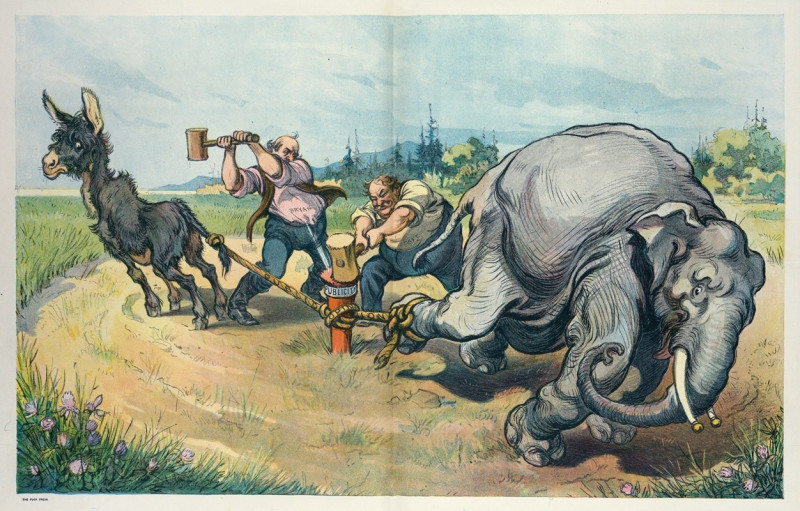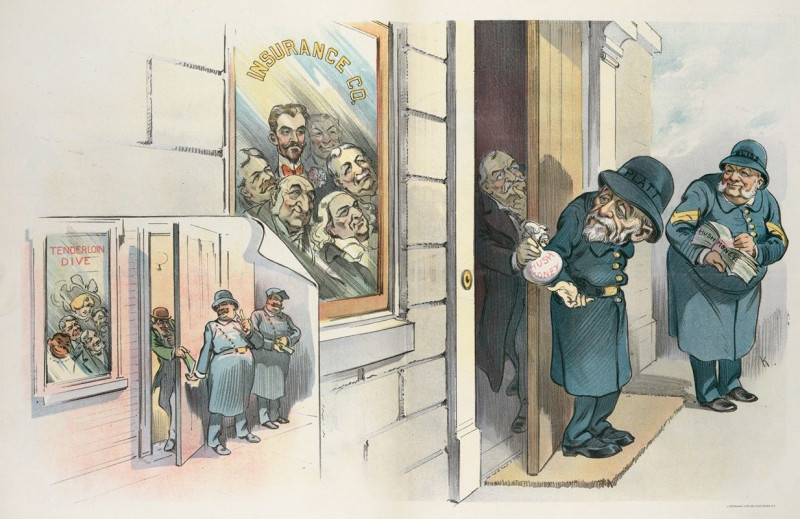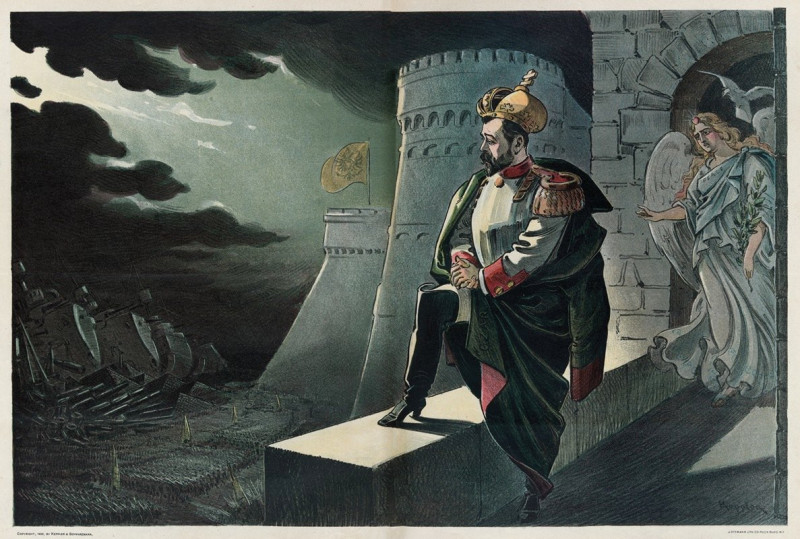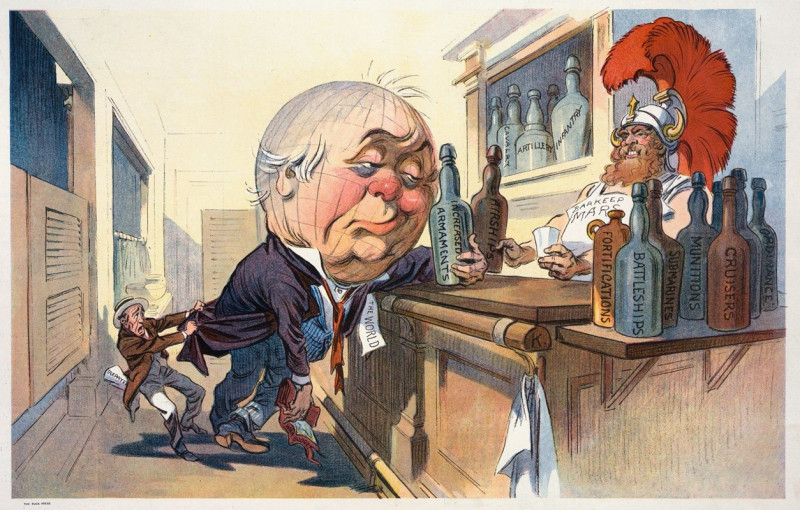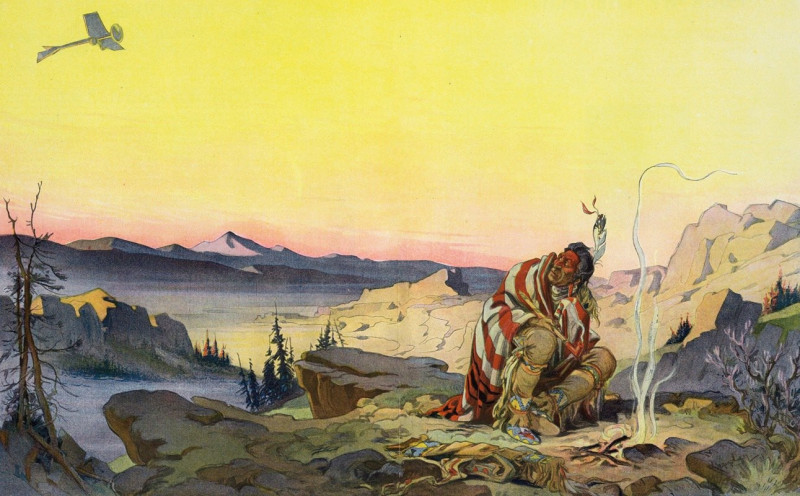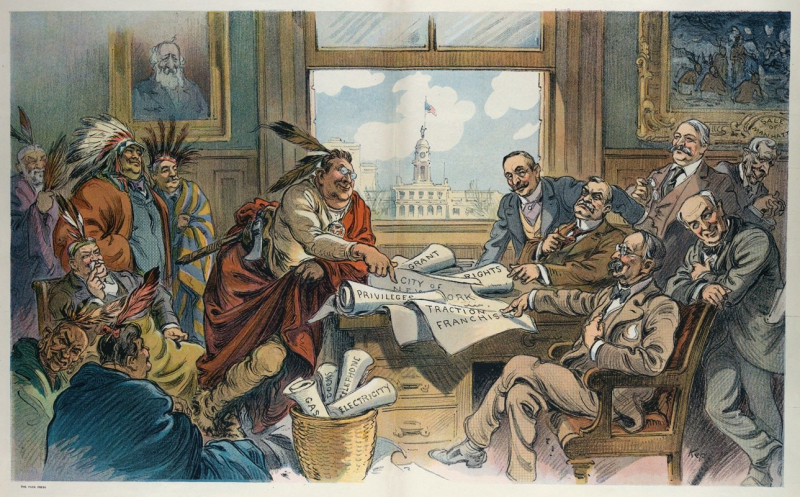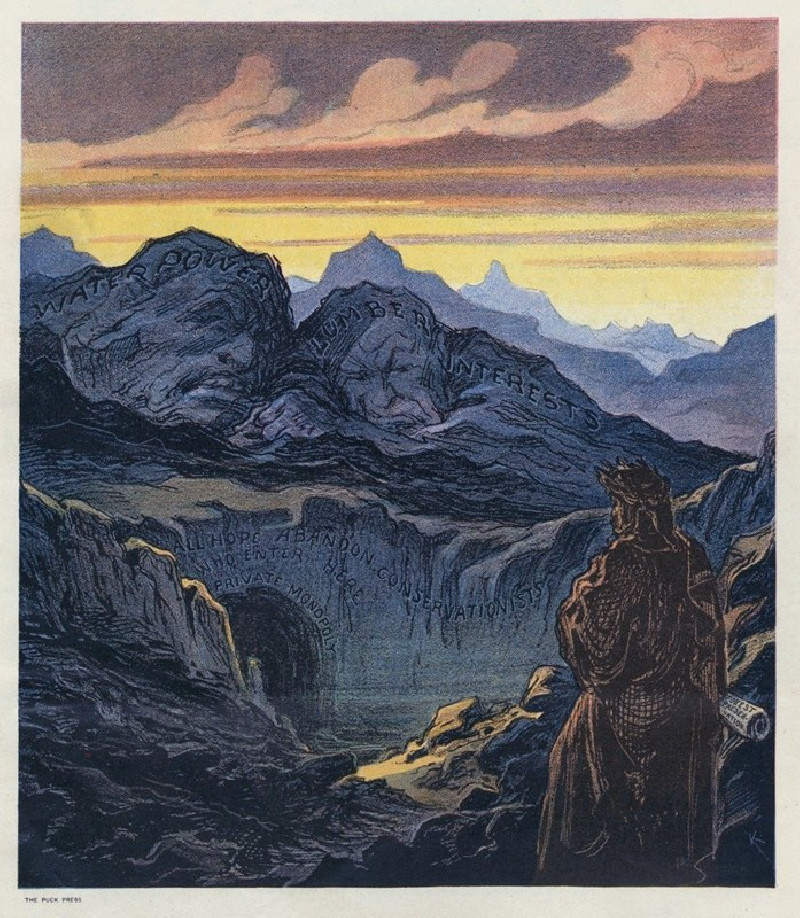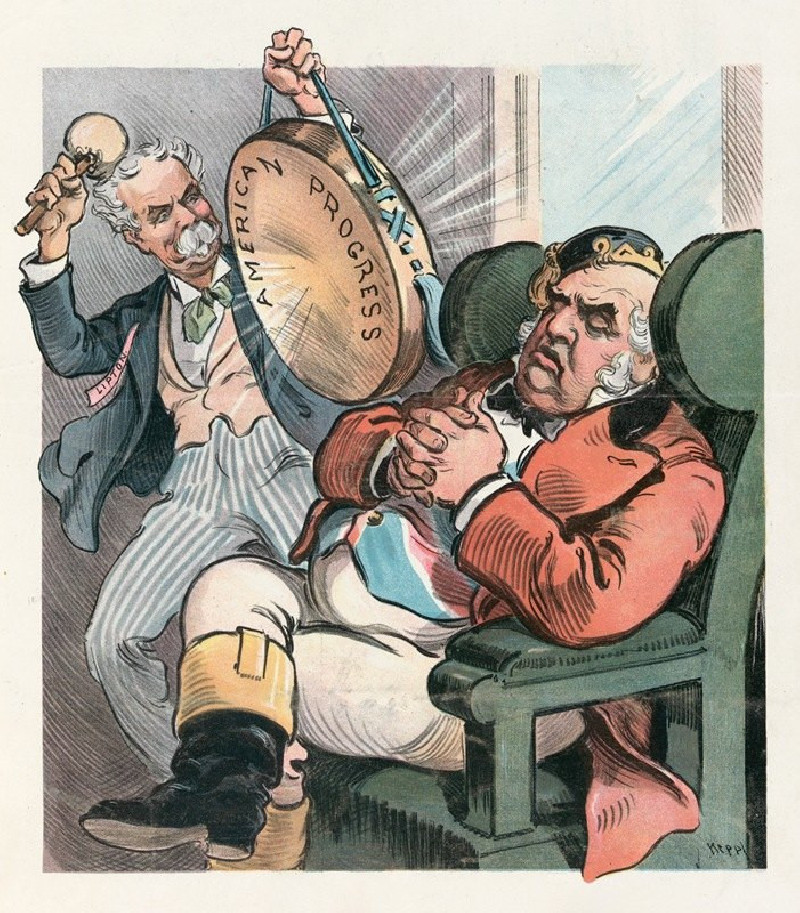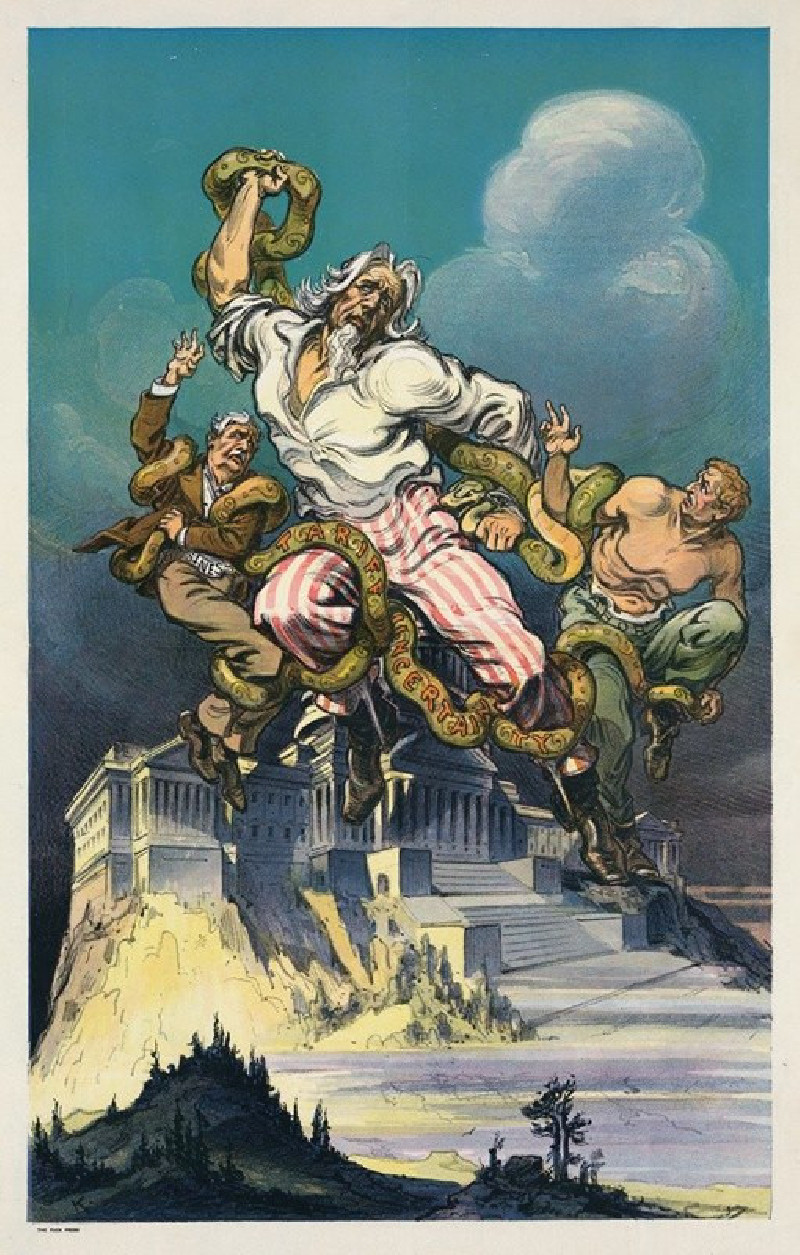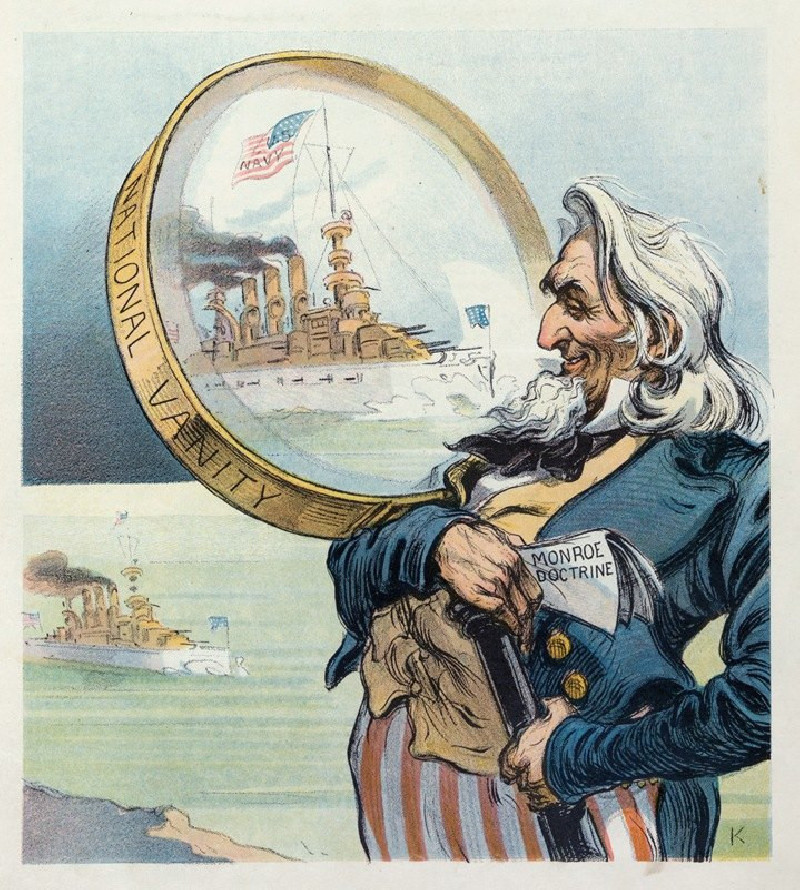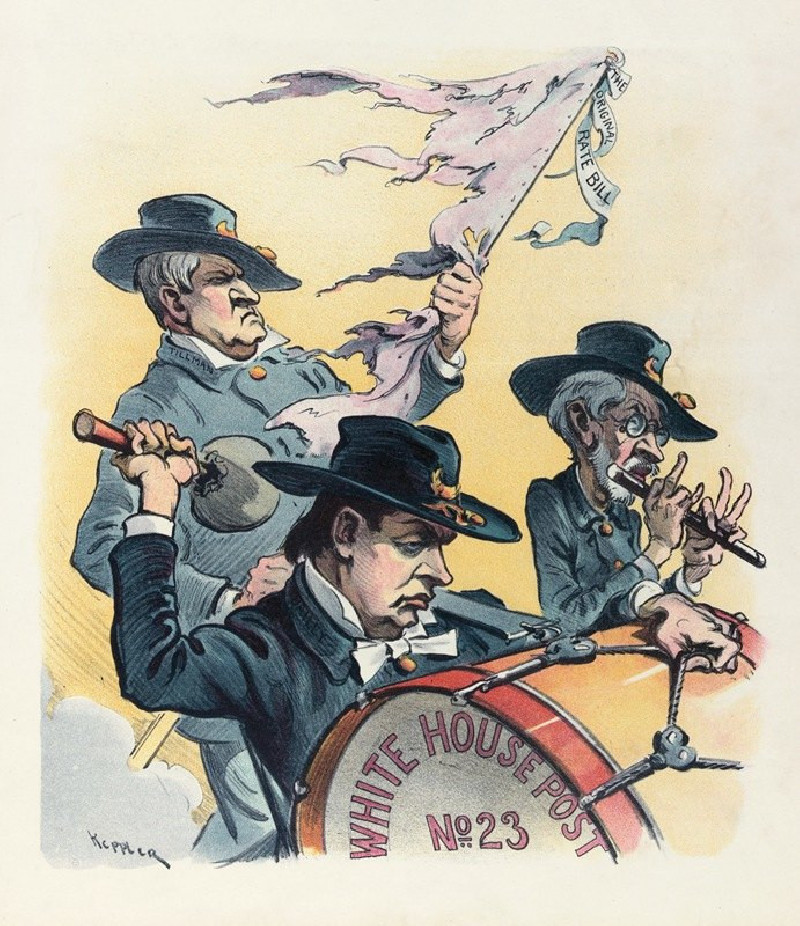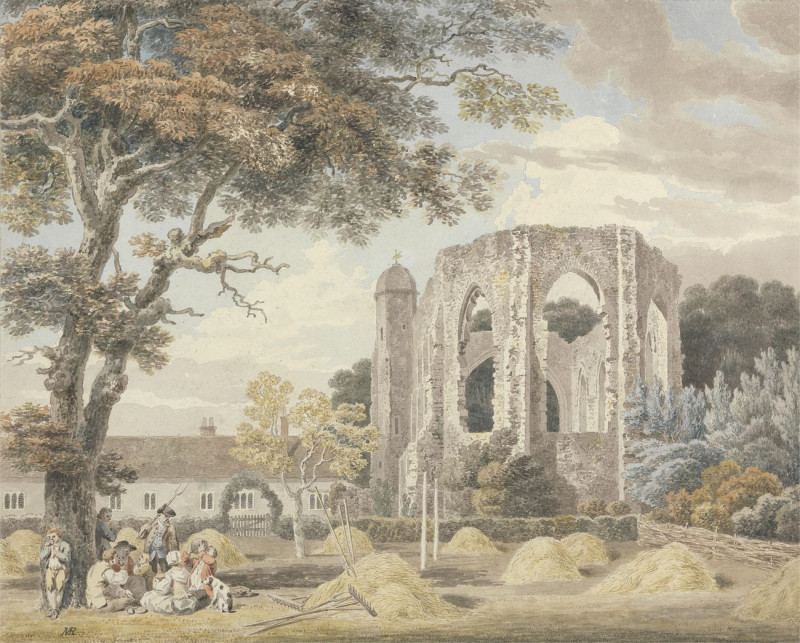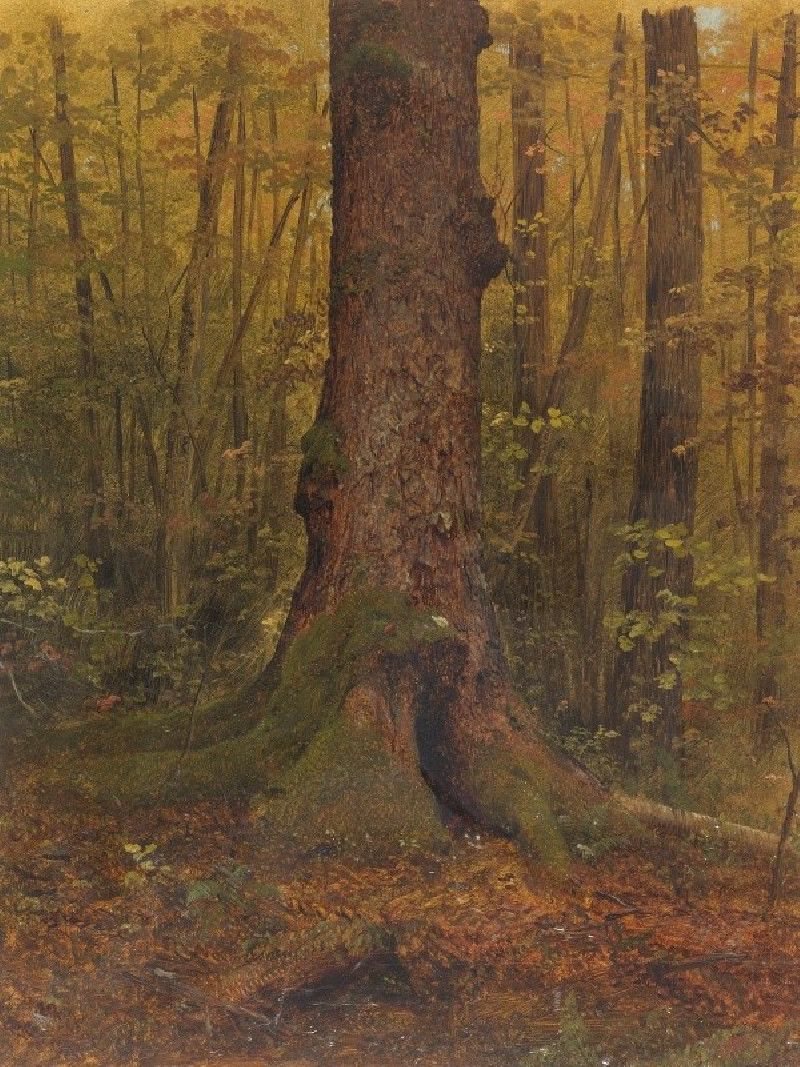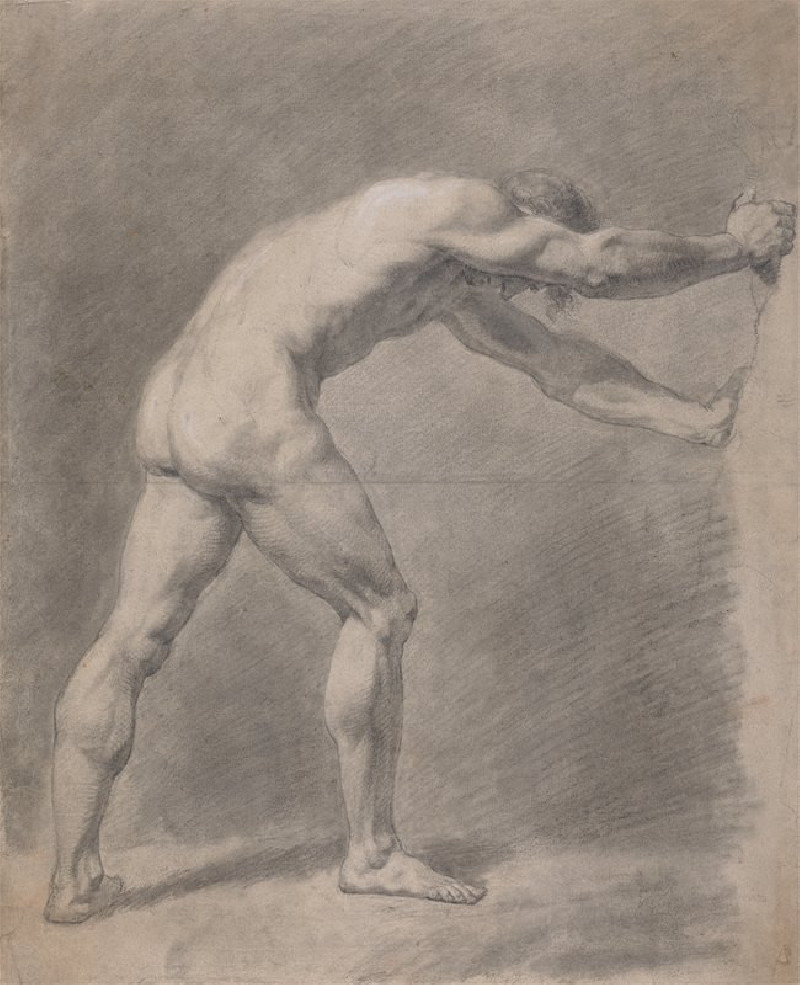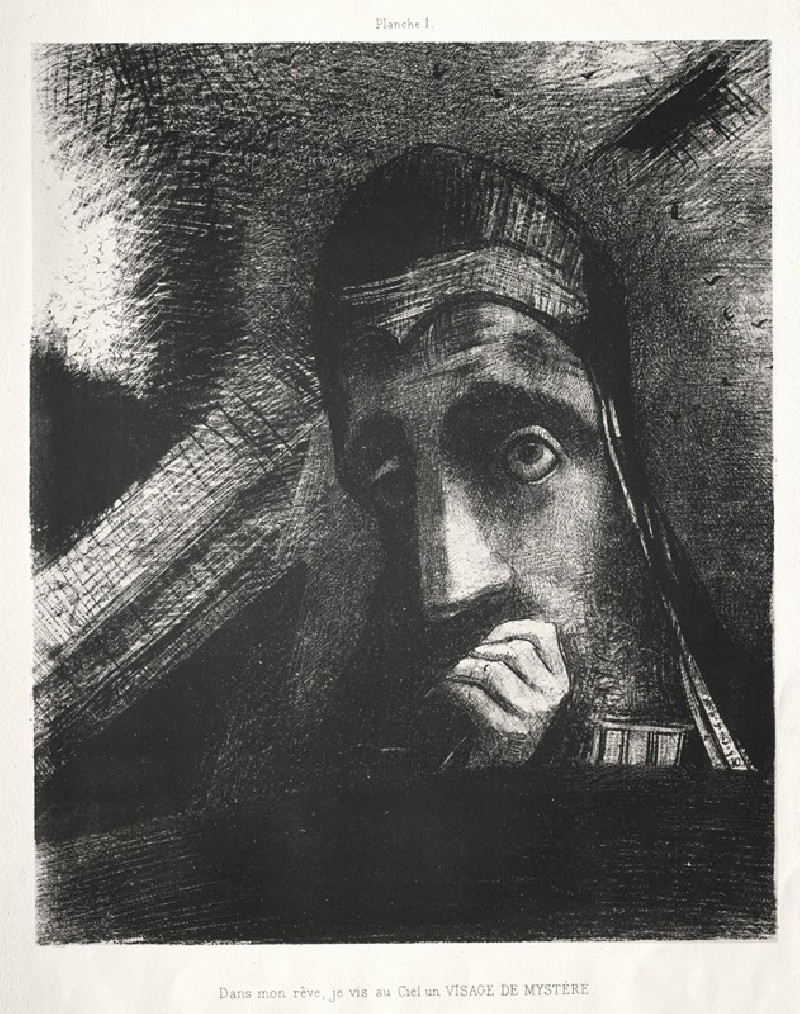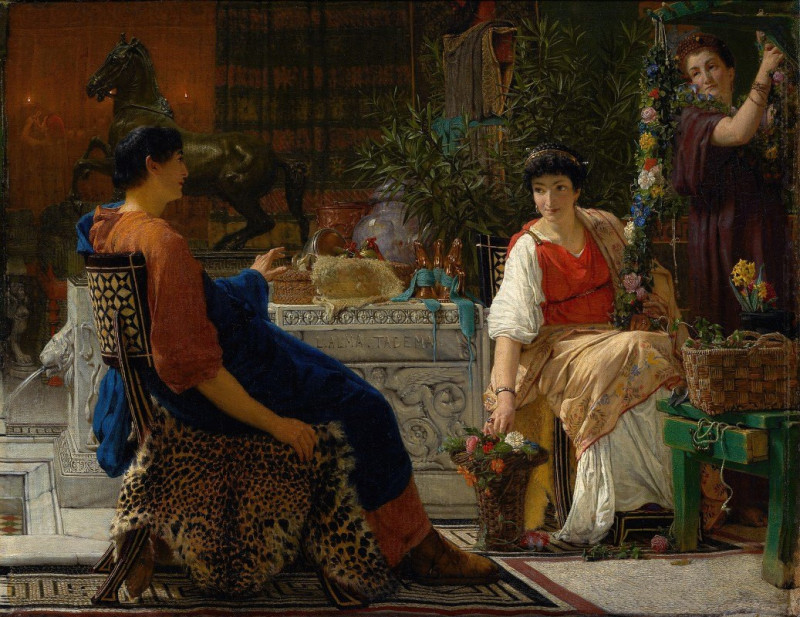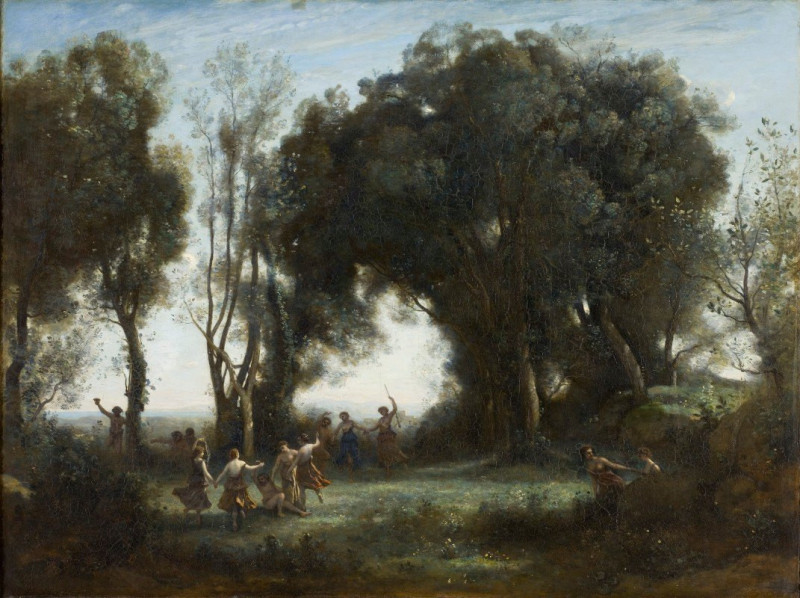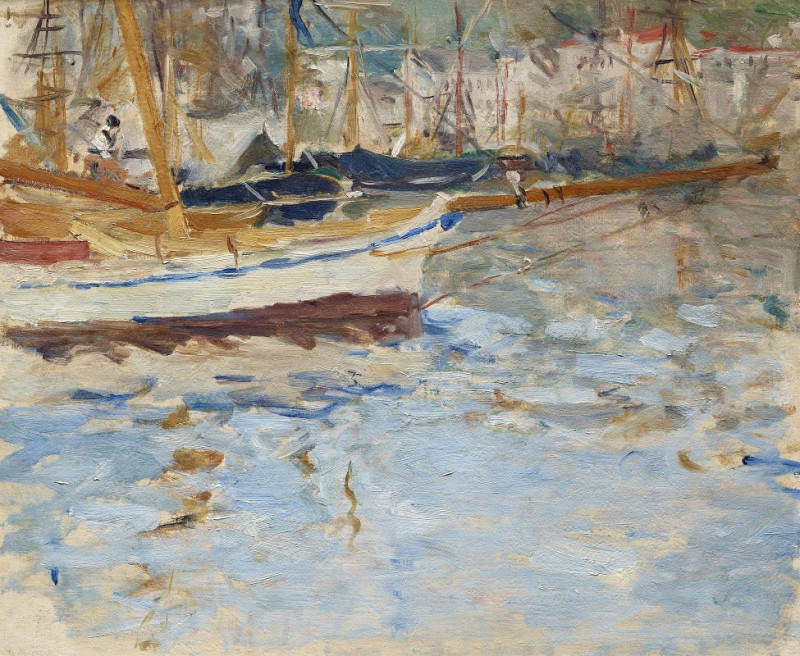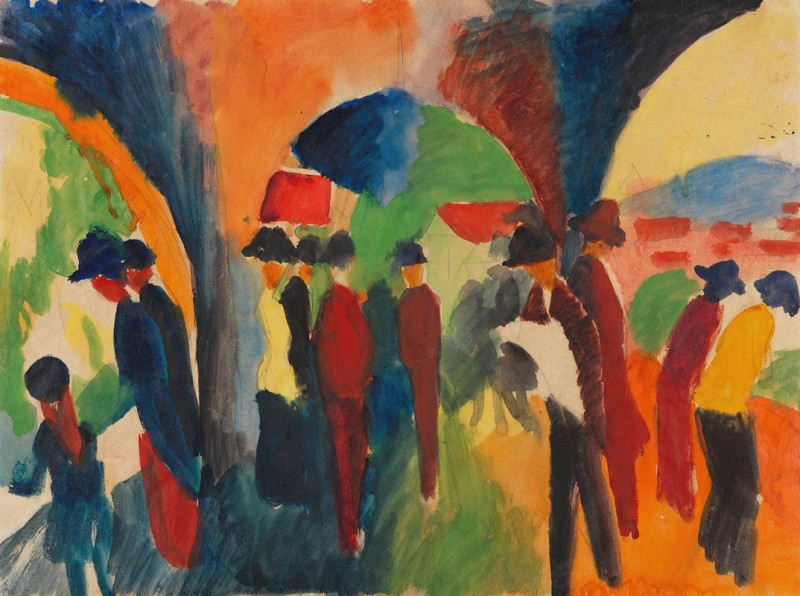Tedlet’s soliloquy (1907)
Technique: Giclée quality print
Recommended by our customers
More about this artwork
Welcome to our virtual gallery, where we present "Tedlet's Soliloquy," a compelling piece from the imaginative world of Udo Keppler, dated 1907. This artwork captivates with its dramatic portrayal and deep, emotional resonance.At first glance, the viewer encounters a solitary figure draped in a dark, monk-like robe. The man sits in a weary posture on what appears to be an old, rugged chair. His expression is somber, perhaps reflective, with his elbow resting upon the chair and his head supported by his hand—an age-old pose that evokes a sense of deep contemplation or brooding.Most striking are the man's eyes, magnified slightly by the round spectacles he wears, which seem to pierce through the viewer, inviting one into the depths of his thoughts. This character holds tightly to a rolled paper labeled "The Way of Opinion," suggesting a theme centered around personal beliefs, decisions, or convictions. The scribbled texture on the paper and its prominent positioning hint at the significance of thoughts or societal views in this soliloquy.The background remains somber and understated, focusing all attention on the central figure and his introspective moment. Perhaps, this setting is a visual metaphor for the isolation one may feel when enclosed by one's thoughts or social pressures.Udo Keppler, through "Tedlet's Soliloquy," not only showcases artistic skill but also crafts a narrative that resonates on an emotional level, highlighting the struggle between personal identity and public persona. This artwork invites viewers to ponder over their paths and the weight of the opinions they carry.
Delivery
Returns
Udo J. Keppler, since 1894. known as Joseph Keppler, Jr., was an American political cartoonist, publisher, and Native American advocate. The son of cartoonist Joseph Keppler (1838–1894), who founded Puck magazine, the younger Keppler also contributed to cartoons, and after his father's death became co-owner of the magazine under the name Joseph Keppler. He was also a collector of Native American artifacts.


